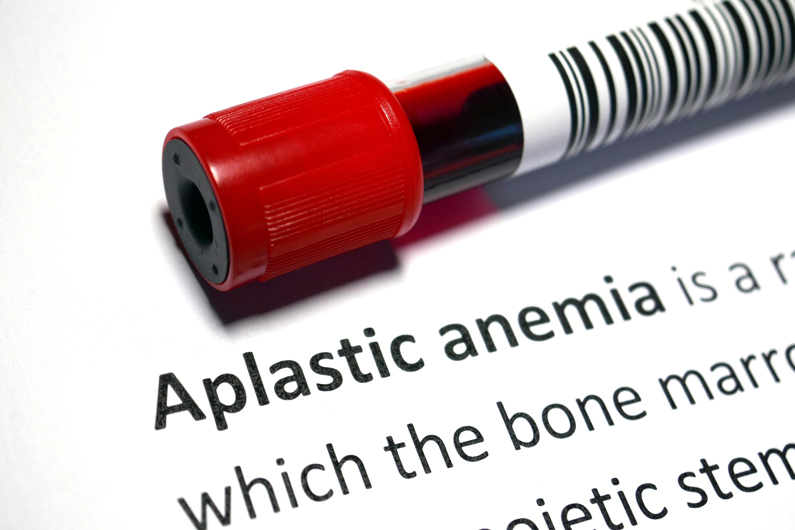Stem cell transplant patient reflects on his journey
Assessments continue five years after transplant

In 2015, 21-year-old John Vasquez of San Antonio, Texas, knew he had to do something about the extreme fatigue, bruising and bleeding he was experiencing.
"I hoped it would stop, but finally, when I was attending a local football game, one side of my body went numb. My doctor said, 'Your blood counts were so low I am amazed that you were able to even walk in here,'" recalled Vasquez.
After being diagnosed with aplastic anemia, a condition that occurs when the body stops producing enough new blood cells, Vasquez was started on routine treatments with mixed results. He was eventually asked to consider a potentially lifesaving stem cell transplant.
He was approved for a stem cell transplant as part of a new clinical trial testing the use of cord blood stem cells with half-matched stem cells donated from his brother, Isaiah. He arrived at NIH in June 2017, and the transplant occurred on Aug. 11, 2017. Vasquez was the very first patient admitted for this study, making him a "first in human" recipient of this treatment.
In early 2018, after a nine-month outpatient and inpatient stay at NIH, Vasquez returned home to continue his recovery.
"When I first got home, I was just trying to recover from the experience and catch up with my son Gavin. But NIH continues to be a part of my life because of my follow-up evaluations. The first year, I returned every three months, and then it became once a year."
In August 2022, Vasquez reached the five-year anniversary of his stem cell transplant. In recent visits, his examinations went beyond routine blood work and pulmonary function testing to determine if any medications needed adjustment. His care team also started additional tests scanning his bone density, examining his mouth and eyes for dryness.
While the test results are important, they're just one part of Vasquez's health assessment. The care team also tracks how he is feeling overall and how he manages activities he couldn't accomplish prior to his treatment. These follow up visits will continue for years to come to monitor his health and recovery.
At home in Texas, Vasquez continues to have routine blood work and treatment for iron overload, a condition caused by previous blood transfusions.
"I'm still building back my strength in this ongoing recovery process, and still at times can be fatigued. But for me this is huge progress and I am so pleased my family understands my situation."
Vasquez had some advice for patients following in his path.
"Listen to your doctors and nurses, but always ask questions if something isn't clear - others may not know what you are experiencing and so you have to open up this conversation with your treatment team. But if anything in my experience can help others, and if I have been part of something bigger than just my own illness and recovery, then I am glad I was able to contribute to the progress of stem cell transplantation."
- Robert Burleson